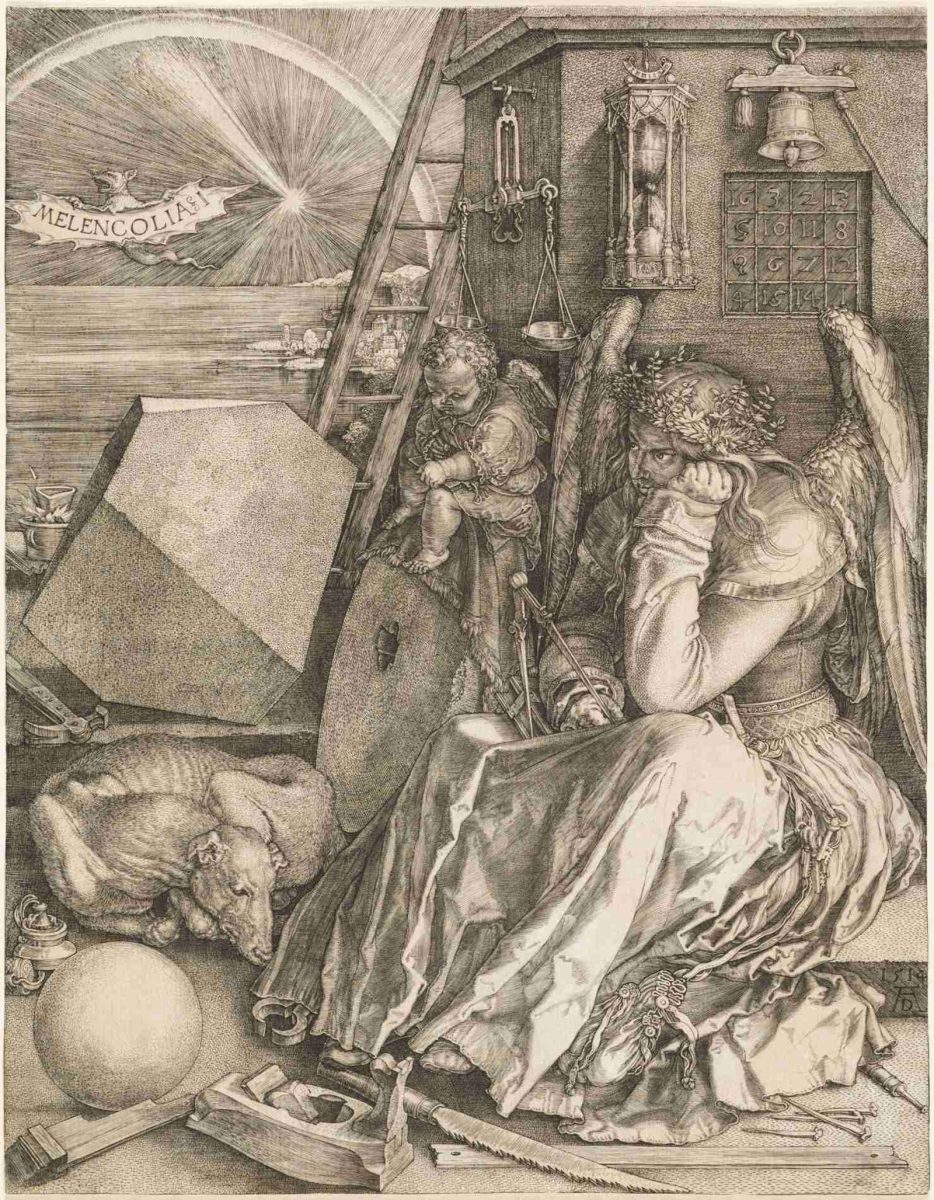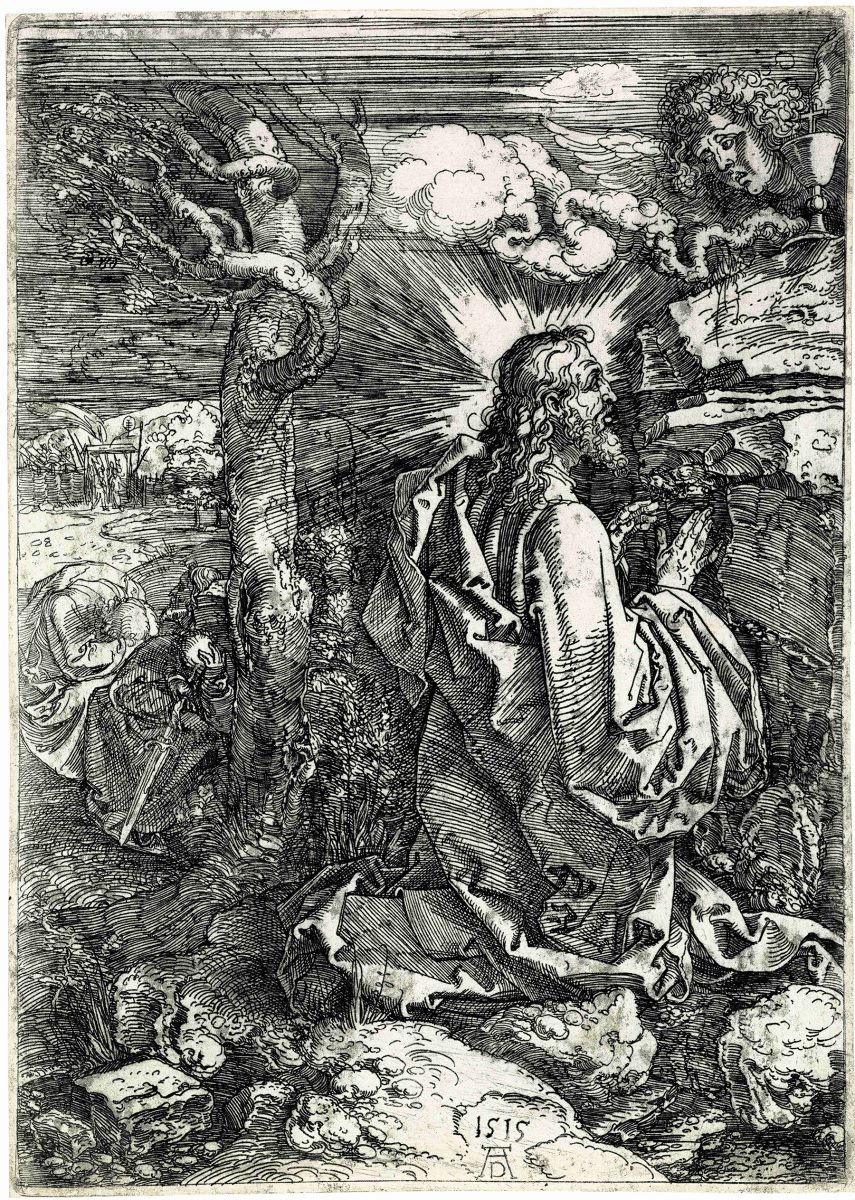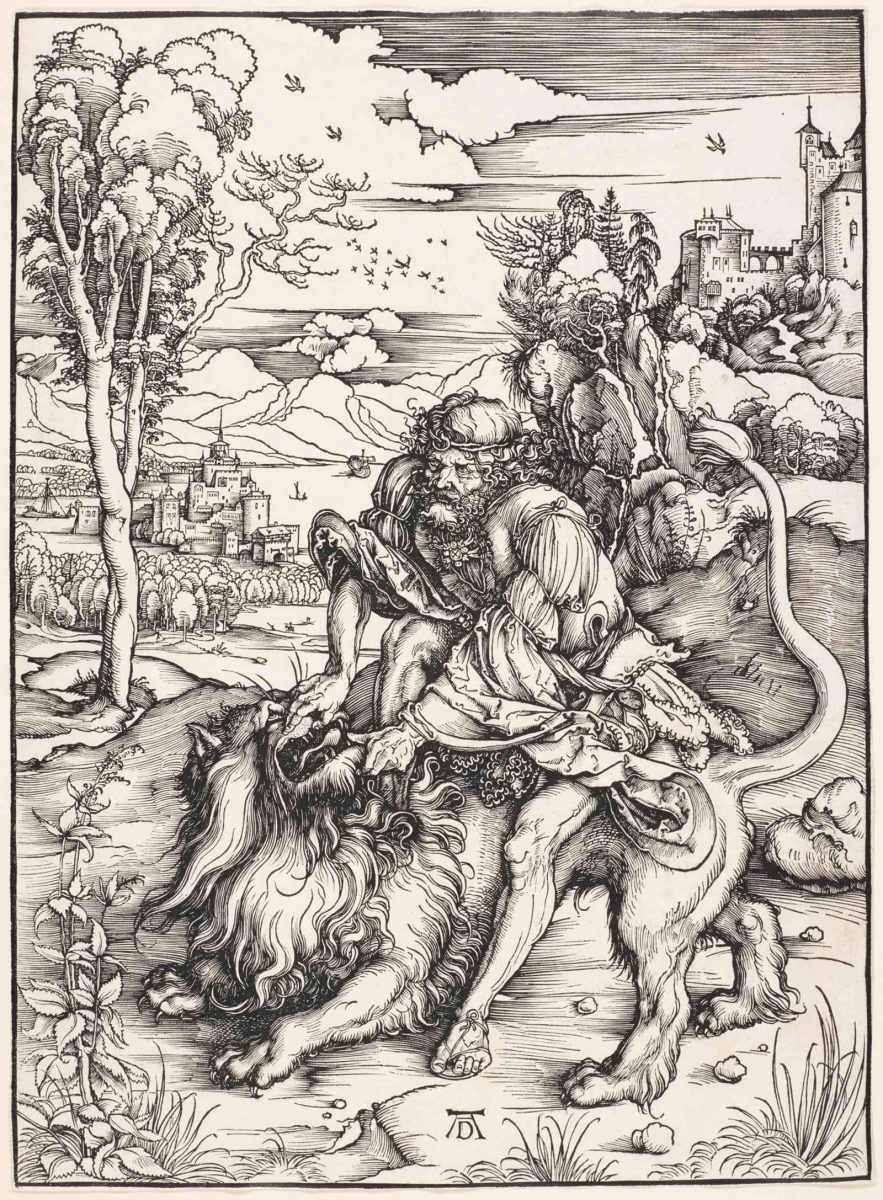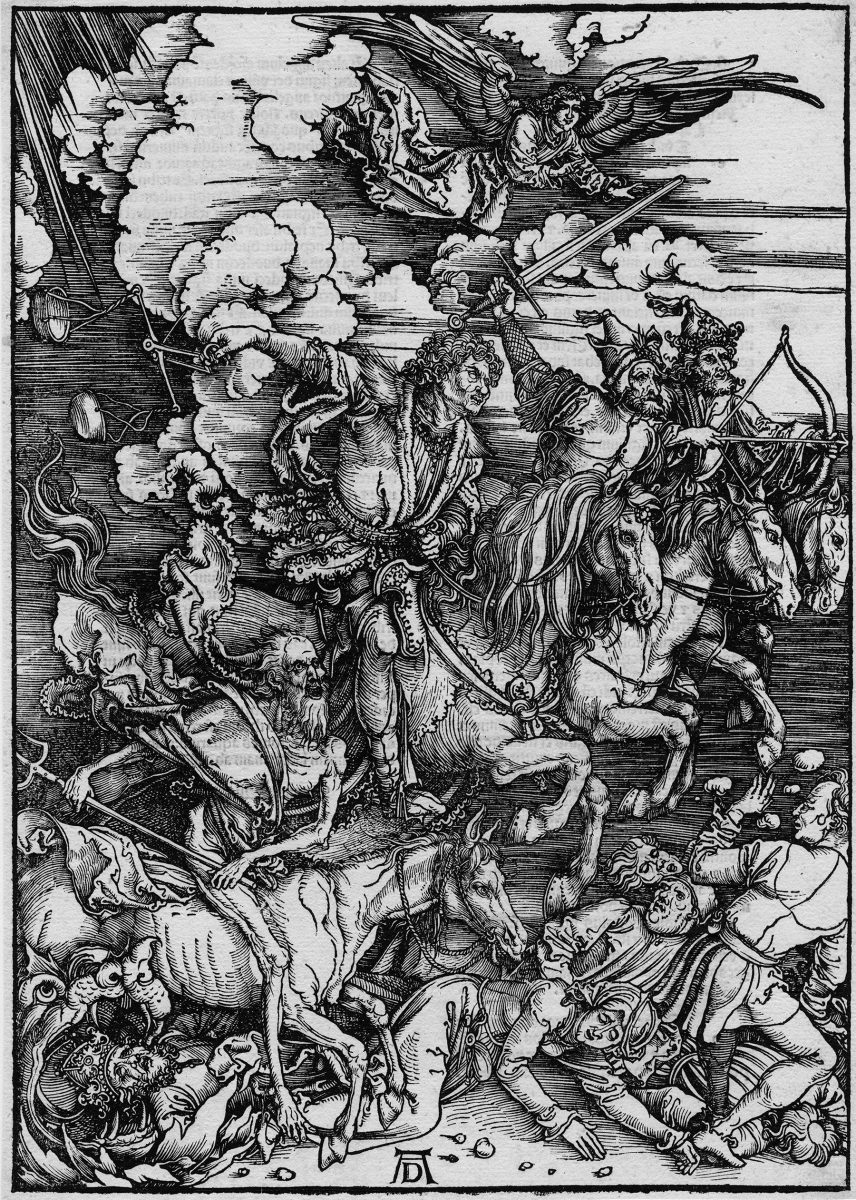Most of Dürer's prints in the collection come from the treasures collected over the years by the pastor William Cuendet. This collection reflects Cuendet's great interest in the stories of the Gospels, from which he often drew material for his sermons. He owned three series of the Passion produced by Dürer: his Passion on copper, consisting of sixteen intaglio plates engraved between 1507 and 1513; his Great Passion on wood, comprising eleven plates and a frontispiece made between 1497 and 1511; and his Small Passion on wood, a series of 36 plates created between 1509 and 1511. Several other engravings, including the famous Melancolia I and Saint Jérôme, were also part of this rich collection. Cuendet also owned Dürer’s more Italianate Woodcut series, The life of the Virgin, as well as several plates belonging to his Book of Revelation, which the Fondation is now endeavouring to complete.
Albrecht Dürer (1471-1528) is often regarded as a founding figure of Renaissance art in northern Europe. Exceptionally rich in content and craft, his work represented a profound departure from the existing German Gothic art. The son of an established Nuremberg goldsmith, Dürer apprenticed in his father's workshop until 1486, where he attained technical mastery over the chisel at an early age. He then continued his artistic training in the studio of the painter Michael Wolgemut, a leading book illustrator. In 1490, having completed his training with Wolgemut, Dürer left Nuremberg for several years. In part because of his admiration for the engravings of Martin Schongauer, he first went to Colmar, yet Schongauer died shortly before his arrival, so Dürer settled in Basel, where he worked with printers on a number of book illustrations. After a first trip to Italy (1494-1496), which led him to incorporate elements of the Quattrocento into his compositions, Dürer set up his printmaking studio in Nuremberg and quickly attained an international reputation that was unprecedented for a German artist, as evidenced by the reception he was given on his second trip to Italy (1505-1507) and his journey to Holland (1520-1521).
From the outset, Dürer was drawn to engraving, an artform that was then developing alongside the printed book. He soon made his first masterpiece, the series of woodcuts dedicated to the Apocalypse (1496-1498). Although Dürer experimented with etching, a technique still new in Europe, it was his mastery of the intaglio process that earned him a permanent place in the canon of printmaking. Dürer's prints, signed with his distinctive “AD” monogram, are characterised by their remarkable compositions and their attention to detail, which is particularly evident in his studies of nature. Late in life, Dürer produced a series of engravings of extraordinary technical and symbolic richness, some of which, including Melencolia I and Saint Jerome, are among the great masterpieces in the history of printmaking.




